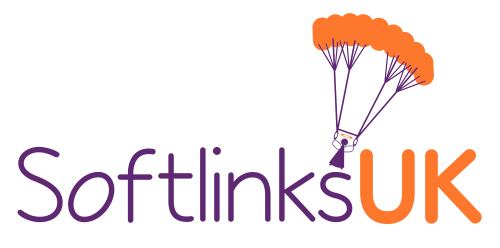From 6 April 2023, all self-employed businesses and landlords with an annual income of over £10,000 will need to follow the ‘Making tax digital’ rules for income tax. This means you will need to file your return through third-party software.
This involves filing quarterly reports of your business’ income and expenditure through third-party software. A final tax return will also need to be completed by 31 January (as in the current system). In return for filing quarterly reports, HMRC will provide you with an estimate of the tax owed at that point.
The timings of the quarterly reporting will be determined by the business’ accounting period, for example:
If your business’ accounting period runs from 6 April to 5 April the quarterly reporting periods will be 6 April to 5 July, 6 July to 5 October, 6 October to 5 January, and 6 January to 5 April.
After this a final tax return will need to be filed to include things such as employed salary, dividends, pensions, bank interest, benefits, shares, etc.
The idea behind this is to reduce the number of mistakes made, time spent (on both sides) correcting them, to make life easier for individuals and to allow people to make payments in advance if they so desire.

